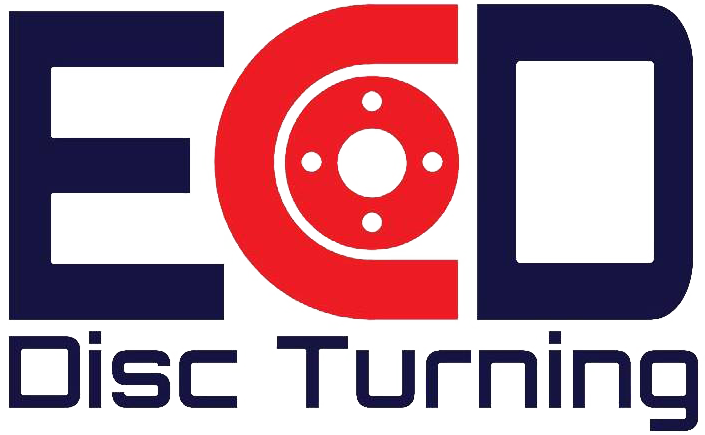When it comes to the smooth operation of your vehicle’s transmission system, the flywheel plays a pivotal role. As a crucial component connecting the engine to the transmission, the flywheel assists in providing momentum, aiding in smoother gear changes, and contributing to overall vehicle performance. However, like any mechanical part, flywheels can wear out over time, requiring attention to maintain optimal functionality. In this article, we’ll delve into the world of flywheels, exploring the options of skimming versus replacement, and guiding you on when each approach is appropriate.
What is a Flywheel?
Before diving into the details of skimming and replacement, let’s first understand the role of the flywheel. Positioned between the engine and the transmission, the flywheel is a heavy, metal disc that stores rotational energy generated by the engine’s crankshaft. This stored energy helps to smooth out fluctuations in engine speed, ensuring a more consistent power delivery to the transmission and ultimately the wheels.
Signs Your Flywheel Needs Attention
Over time, the flywheel can develop wear and tear due to factors such as friction, heat, and mechanical stress. Here are some common signs that indicate your flywheel may need attention:
1. Difficulty Shifting Gears: A worn flywheel can lead to difficulty in shifting gears smoothly, causing jerky or hesitant gear changes.
2. Strange Noises: Unusual noises, such as grinding or rattling, during clutch engagement or disengagement can indicate issues with the flywheel.
3. Slipping Clutch: A slipping clutch, where the engine revs increase without a corresponding increase in vehicle speed, may be a sign of a worn flywheel surface.
4. Vibration: Excessive vibration, particularly when the clutch is engaged, can be a symptom of flywheel problems.
Skimming vs. Replacement: Which is Right for You?
When faced with flywheel issues, vehicle owners often have two primary options: skimming or replacement. Let’s explore the benefits and considerations of each approach:
Skimming:
Benefits:
– Cost-Effective: Skimming involves resurfacing the existing flywheel, which can be a more budget-friendly option compared to replacement.
– Retains Original Fit: Skimming preserves the original flywheel dimensions, ensuring compatibility with existing clutch components.
– Quick Turnaround: Skimming can often be completed relatively quickly, minimizing vehicle downtime.
Considerations:
– Surface Condition: Skimming is suitable for flywheels with minor surface imperfections or wear. If the damage is too severe, replacement may be necessary.
– Compatibility: Skimming may not be suitable for all flywheel materials or designs. Consultation with a professional technician is recommended.
Replacement:
Benefits:
– Complete Restoration: Replacement provides a brand-new flywheel, eliminating any surface imperfections or wear present in the original component.
– Long-Term Reliability: A new flywheel ensures optimal performance and reliability, potentially reducing the need for future repairs.
– Upgraded Options: Replacement allows for the selection of upgraded or performance-oriented flywheel options, catering to specific driving needs.
Considerations:
– Cost: Replacement flywheels may be more expensive than skimming, particularly for upgraded or high-performance options.
– Compatibility: When opting for replacement, it’s essential to ensure compatibility with existing clutch components and transmission specifications.
– Professional Installation: Replacement typically requires professional installation to ensure proper fitment and functionality.
In conclusion, understanding the options of skimming versus replacement is essential for addressing flywheel issues effectively. While skimming offers a cost-effective solution for minor surface imperfections, replacement provides complete restoration and long-term reliability. Ultimately, the decision between skimming and replacement depends on factors such as the extent of wear, budget considerations, and desired performance outcomes. If you’re experiencing signs of flywheel issues, it’s crucial to consult with a qualified technician who can assess your specific situation and recommend the most appropriate course of action. By addressing flywheel issues promptly, you can ensure smooth transmission operation and enjoy optimal vehicle performance for miles to come.
